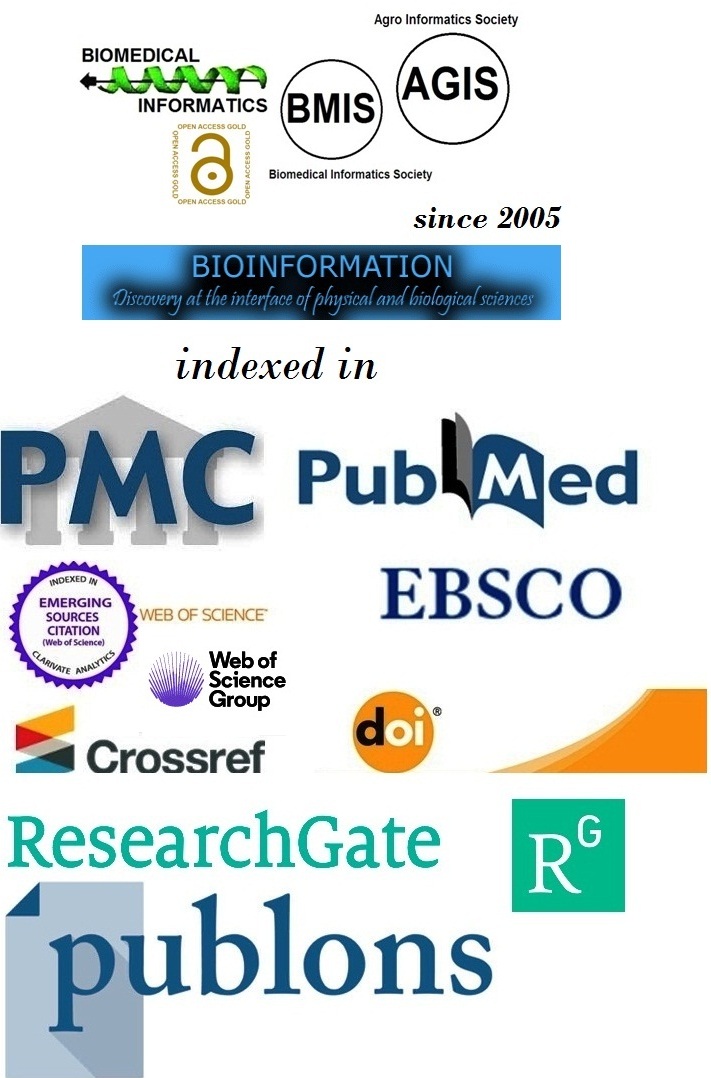Title
Impact of CAD-CAM technology and abutment angulation on prosthesis design for anterior maxillary implants: An original research study
Authors
V. Santoshi Kumari1, Kasi Reddy Snehalatha Reddy2,*, Anusha Borra1, Vattigunta Sravani1, Nirban Mitra1 & Gadusu Bharath Kumar Reddy1
Affiliation
1Department of Prosthodontics, Malla Reddy institute of dental Sciences, Malla Reddy Vishwavidyapeeth, Hyderabad, India; 2Department of Prosthodontics, G. Pulla Reddy Dental College And Hospital, Kurnol, Andhra Pradesh, India; *Corresponding author
V Santoshi Kumari - E-mail:
dr.santu1@gmail.com
Kasi Reddy Snehalatha Reddy - E-mail: kasireddysnehalathareddy@gmail.com
Anusha Borra - E-mail: anushaborra1711@gmail.com
Vattigunta Sravani - E-mail: sravanigangadhar0740@gmail.com
Nirban Mitra - E-mail: drnirbanmitra@gmail.com
Gadusu Bharath Kumar Reddy - E-mail: radheya.95reddy@gmail.com
Article Type
Research Article
Date
Received June 1, 2025; Revised June 30, 2025; Accepted June 30, 2025, Published June 30, 2025
Abstract
The clinical performance of anterior maxillary implants restored using CAD-CAM technology, emphasizing the influence of abutment angulation, restorative material and occlusal scheme on treatment outcomes is of interest. Among 49 patients assessed, implants with 0° abutments exhibited superior prosthetic success, marked by minimal complications and enhanced retention. Layered zirconia restorations delivered the most favorable esthetic results, while canine-guided occlusion correlated with heightened patient satisfaction. Thus, the pivotal role of precise angulation, material selection and occlusal dynamics in optimizing the functional and aesthetic success of anterior implant restorations is shown.
Keywords
Anterior maxillary implants, CAD-CAM technology, abutment angulation, prosthetic success, esthetic outcomes, patient satisfaction, layered zirconia, monolithic zirconia, lithium disilicate, canine-guided occlusion
Citation
Kumari et al. Bioinformation 21(6): 1662-1667 (2025)
Edited by
P Babaji
ISSN
0973-2063
Publisher
License
This is an Open Access article which permits unrestricted use, distribution, and reproduction in any medium, provided the original work is properly credited. This is distributed under the terms of the Creative Commons Attribution License.
